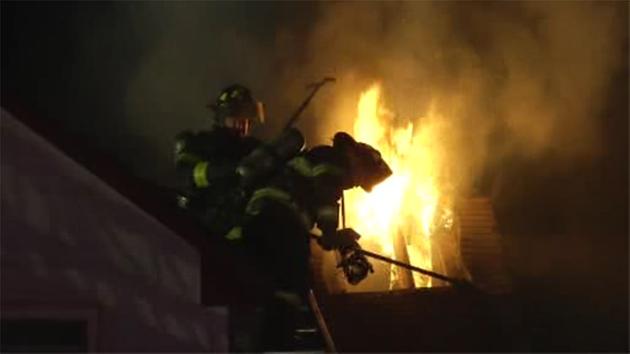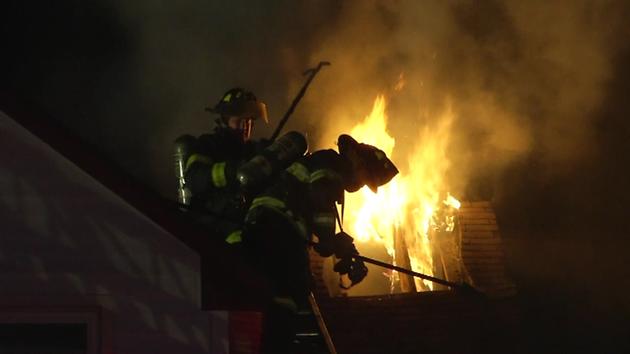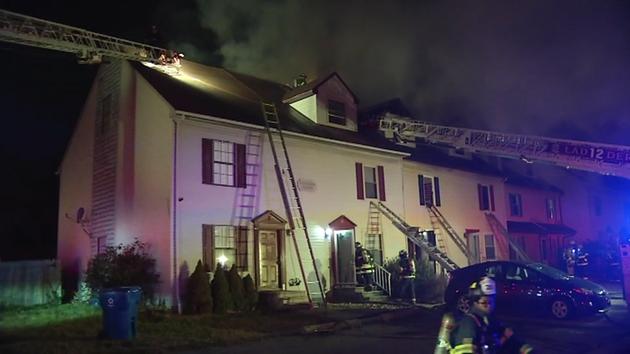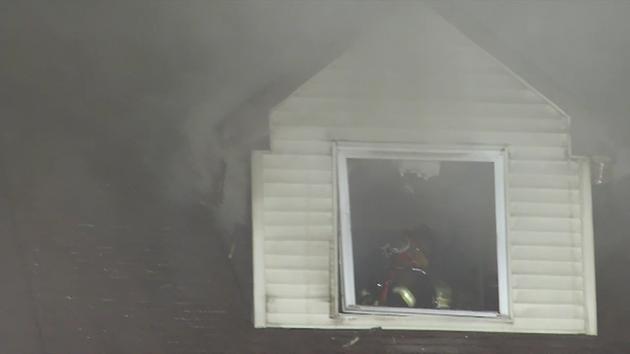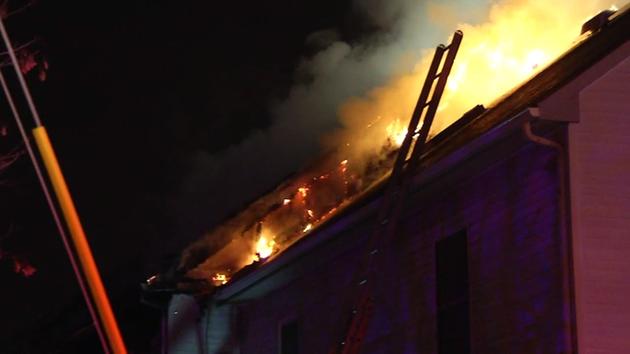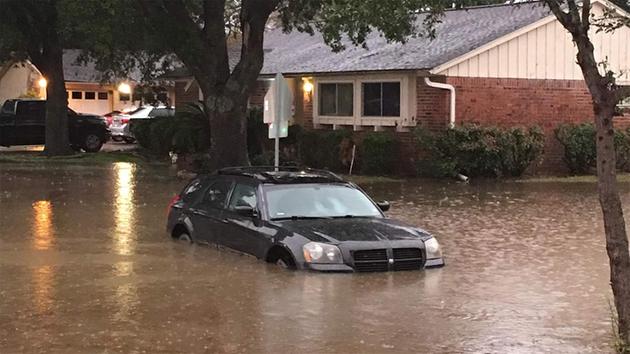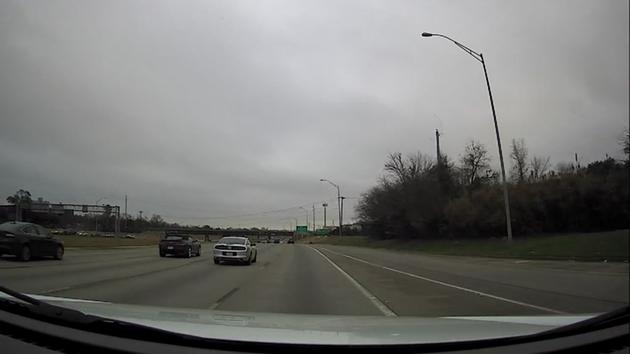CARBONDALE, ILLINOIS -- After last week's freezing rain, many trees have broken limbs and branches. But a local tree service says properly trimming your tree after a storm can help save your tree.
The Hull family planted their pine tree in 1979, but because of last Friday's freezing rain it's now being cut down.
"It was just too much weight and it broke two sides of the tree down and we knew that eventually it would fall, and maybe on the house with the height of the tree," Delta Hull said.
Aaron's Tree Service spent the day at the Hull's house taking care of their damaged trees.
Owner James Smith says there are certain trees, like pines, that tend to experience more damage during storms.
"They have the pine needles, have more surface area for the ice to attach to, which makes the limbs more heavy. Next is probably cedar, and what we have behind us here is a birch tree. They have a lot of small, little branches, so again, more surface area," Smith explains.
No matter what kind of tree it is, if it has damage it needs to be taken care of immediately so it doesn't further damage the tree and become an even bigger problem when the next storm comes around.
"We can come out and look and see if the tree is diseased or if there's a hollow spot or maybe a previous storm has damaged part of it, and those are the most prone to breaking or falling in a wind or ice storm," he said.
While Delta Hull now has a smaller amount of pine trees in her yard, she says make sure you plant trees that will stand the test of time.
"Plant trees that are going to outlive you," Hull said. "Otherwise, you'll be having to deal with this more often."
Take proper care to make sure they last.
"Nine times out of 10, if you get the person to trim it properly, most trees can come back from ice damage," Smith said.
Delta Hull's husband plans to use what's left of their pine tree to make an eagle's nest and perch in hopes of attracting an eagle to their property.
















 Water from the Sacramento River and Sutter Bypass travels over the Fremont Weir, the beginning of the Yolo Bypass, as it heads toward Sacramento. Randy Pench/The Sacramento Bee/ZUMA Press
Water from the Sacramento River and Sutter Bypass travels over the Fremont Weir, the beginning of the Yolo Bypass, as it heads toward Sacramento. Randy Pench/The Sacramento Bee/ZUMA Press 









 " Related Topics:
" Related Topics:




